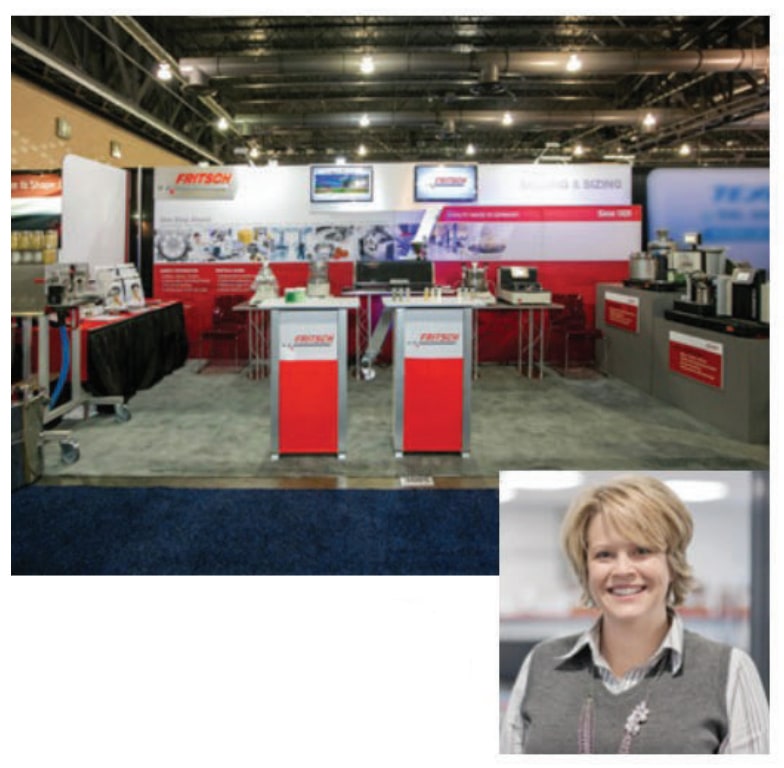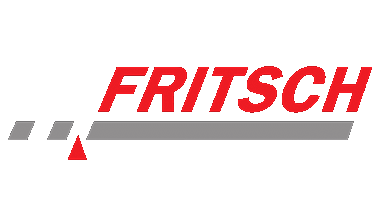Home / Resource Center / Articles / How Fritsch USA Creates Tomorrow’s Applications and Solutions
How Fritsch USA Creates Tomorrow’s Applications and Solutions
 Melissa Fauth and her team walked into a genesis situation. When the century-old German manufacturer Fritsch International hired her in 2014, she left a multi- billion dollar firm not knowing what to expect. Two years later they named her as President and CEO of U.S. operations, Fritsch established a U.S. base in North Carolina’s Research Triangle — and a riveting journey in materials science, micromilling, collaboration, research and groundbreaking product development was underway.
Melissa Fauth and her team walked into a genesis situation. When the century-old German manufacturer Fritsch International hired her in 2014, she left a multi- billion dollar firm not knowing what to expect. Two years later they named her as President and CEO of U.S. operations, Fritsch established a U.S. base in North Carolina’s Research Triangle — and a riveting journey in materials science, micromilling, collaboration, research and groundbreaking product development was underway.
“I began by supporting work with U.S. distribution,” Fauth said. “However, it was evident that we didn’t have a direct link between sales, distribution and trends, or what Fritsch brings to long-term relationships, like application development with collaboration that results in whatever the client needs -from whatever material they’re working with.
“I was very familiar with the Research Triangle. Between the universities, research centers, and businesses ranging from startups to longstanding organizations, plus the close proximity to a (South Carolina) logistics company that also works with BMW, we had quicker transit time (for products from Germany), and better overall costs and expenses. Add in how family-friendly North Carolina is, and it was an easy decision for Fritsch to set up here in the emerging Chatham Park Development,” she added.
Specializing in manufacturing of application- based laboratory instruments and evolving client products and solutions through micromilling processes, Fritsch works from its Pittsboro, NC base with all industries from— electronics to automotive materials, hemp to feed crops and meat processing, pharmaceuticals to mining, aerospace, energy and everything in between. They utilize 15 different instrument technologies and 8,000 SKU items that they can configure — to grind material for quality or RoHS testing, or to recycle and reclaim — and to create new material solutions beyond what clients, in many cases, never before considered possible in their own labs. They work with universities, government, as well as private research and quality labs, their own global laboratory professionals, government agencies and private industry in a far-flung collaboration that benefits all, and which the public rarely sees. They are creating tomorrow’s industrial solutions, innovating and providing solutions on the spot.
“It’s really fun, and we establish great working partnerships with clients,” Fauth said. “Everyone is excited about the groundbreaking work they’re doing. Even with NDAs in place, generally speaking, there are aspects of milling processes and its applications that can be shared across industries, between institutions and companies, to help each other in different ways. One project combines collective experience from Fritsch, shared research input from NASA and Los Alamos Engineers, and a battery company, to achieve an objective that the battery company wasn’t otherwise able to do prior to implementing these instrument technologies and parameters.”
Another Fritsch esteemed project is its collaboration with the Curtis Hill Team of NASA’s Marshall Center to figure out a solution for the International Space Station: how to create needed materials or use instruments with limited power-generating ability in orbit?
“There is a need to sinter materials for use in their work,” Fauth explained. “In order to sinter something in a very high-temp furnace, they wouldn’t have the power up there. They found that by using a (micro)mill like our Pulverisette 7 premium line, or our scaled-up Pulverisette 5 premium line, they were able to get particles significantly smaller and more homogeneous, packed in a different way that was more advantageous, using less power. In putting different elemental products and compounds together and running them in the mill, they’re able to create new materials in a much more beneficial way. This led to new applications we’re working together on, like one for Mars with materials for 3D printing.
“For me, for us all, it’s been an honor to work with NASA and our National Labs; I never could have imagined that. Nor could I have imagined them coming to me and saying, ‘This solution exceeds anything we’ve tried before.’ That means a lot.”
Fritsch has many stories like this — and many more to come. But for Fauth and her team, it’s the big picture that creates one of the most important next-gen work teams in the Research Triangle.
“We get to help people with real-world problems, real-world developments, and reaching the next level in our communities, our societies, and our technology in both earth and space,” she said. “It’s super fulfilling for all of us, super meaningful. None of us have had this experience at any other place we’ve worked.”
